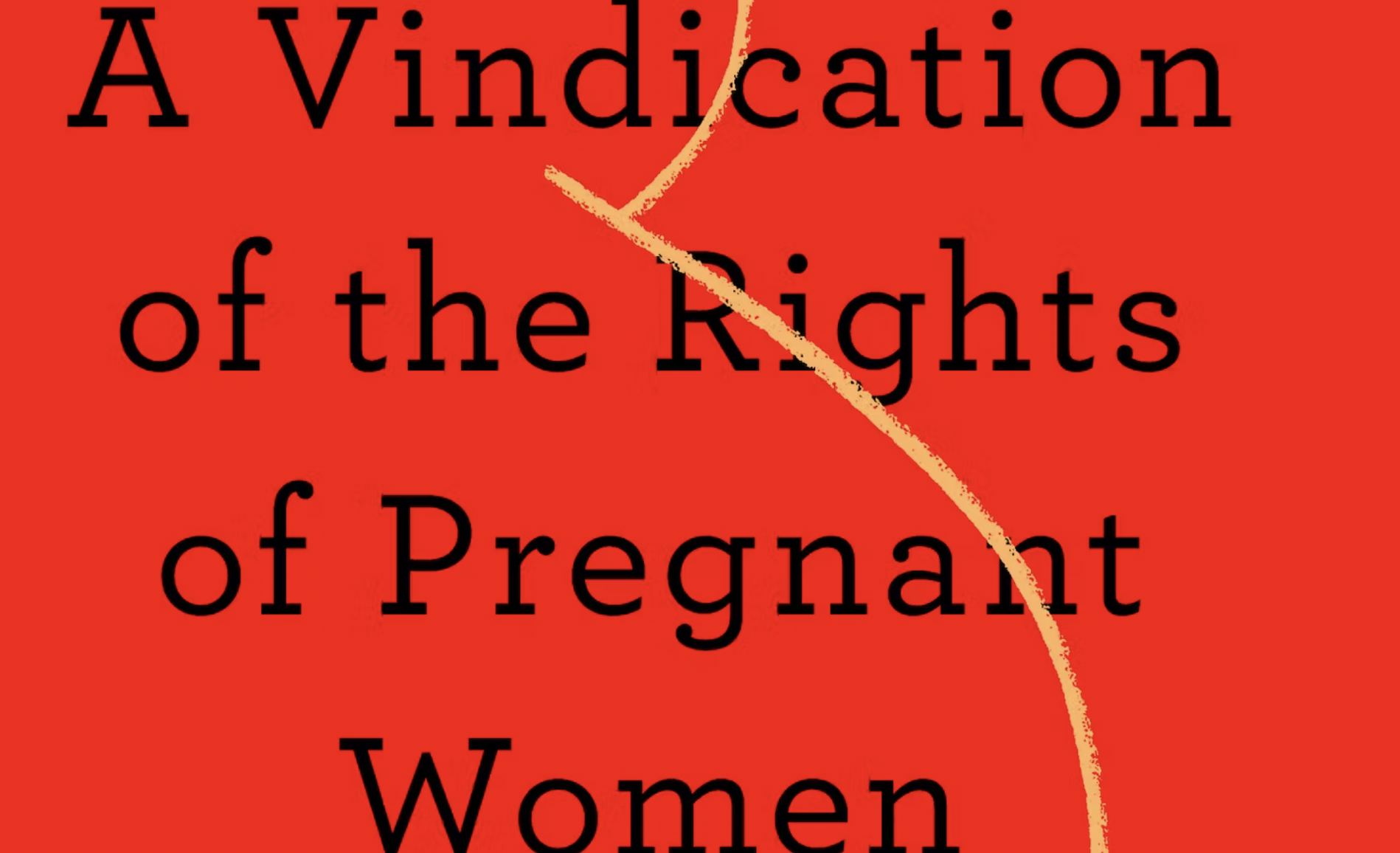Lyz Lenz. Belabored: A Vindication of the Rights of Pregnant Women. New York: Bold Type Books, 2020. 240pp, $26.
At church, I was taught that if a woman denied sex to her husband, he would find sex elsewhere. At church, I was taught that a man’s sexual desire was so great, it was a need – not a want. At church, I was taught that men were biologically different from women; they craved sex, while women simply endured it. As I did with most sermons, I internalized this message.
Login to read more
Sign in or create a free account to access Subscriber-only content.
